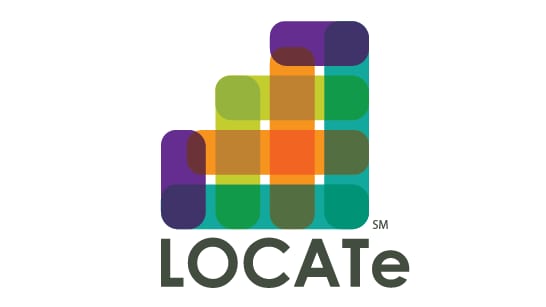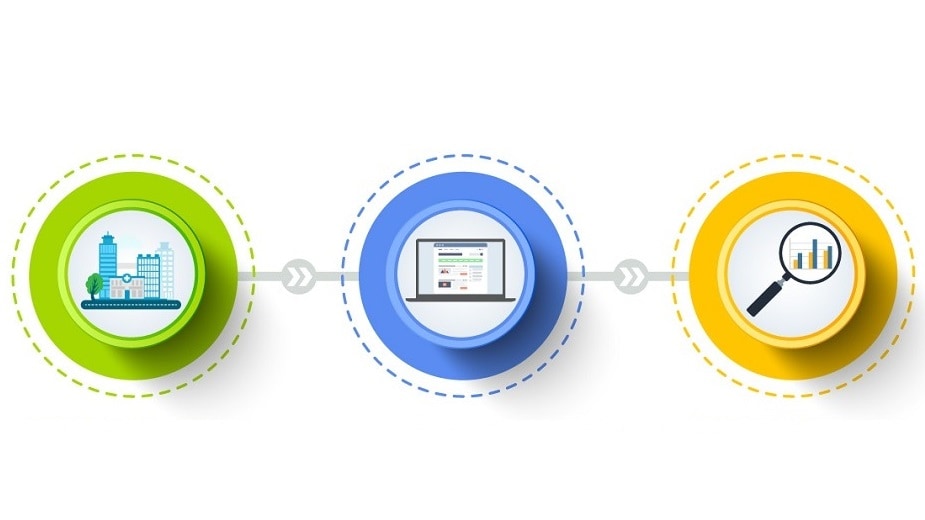At a glance
Risk-appropriate care is a strategy to ensure that pregnant women and infants get the right care in the right place at the right time. To provide a consistent approach to assessing risk-appropriate care, CDC developed the CDC Levels of Care Assessment Tool (CDC LOCATeSM).

Risk-appropriate care
Risk-appropriate care is a strategy to improve health outcomes for pregnant women and infants. Women and infants with complex medical conditions should receive care at facilities with a full range of specialists and equipment. Examples of complex medical conditions include severe heart conditions or infants born before 32 weeks of gestation.
However, the definitions and monitoring of levels of care vary widely among states. CDC developed the CDC Levels of Care Assessment Tool to assist states in assessing facility levels of maternal and neonatal care.
CDC LOCATe
CDC LOCATe can help states and other jurisdictions create standardized assessments of levels of maternal and neonatal care.
It is based on the most recent guidelines and policy statements issued by the following:
- American Academy of Pediatrics
- American College of Obstetricians and Gynecologists
- Society for Maternal-Fetal Medicine
CDC LOCATe process and data usage

Agencies or organizations with existing relationships with hospitals in the area serve as state champions to facilitate the following steps:
Build support for participation
- Identify collaborators to encourage facilities to use CDC LOCATe.
- Build relationships to work toward statewide participation.
Use tool to collect data
- Send the CDC LOCATe web link to facilities in the state.
- Follow up with facilities that don't respond.
Analyze data and share results
- State sends data to CDC.
- CDC assesses levels of maternal and neonatal care.
- CDC sends results to state that can be used and shared as desired.
How states can use CDC LOCATe data
CDC LOCATe produces standardized assessments. Participating states can see levels of care by facility and the distribution of staff and services throughout the state.
States can combine data from CDC LOCATe with data from other public health sources and analyze it. States can examine how levels of care and volume of services provided by a facility may affect health outcomes.
Who should use CDC LOCATe
CDC LOCATe is designed for public health decision makers. It creates opportunities for informed conversations among partners who work in risk-appropriate care, such as:
- State and local public health departments.
- State Perinatal Quality Collaboratives (PQCs).
- Hospital associations.
- Health care providers working in maternal and neonatal care.
The results can be a starting point for talking about how to improve health outcomes for women and infants.
Use of CDC LOCATeSM is free.
Learn more about CDC LOCATe and levels of care
Levels of Neonatal Care from the American Academy of Pediatrics
Levels of Maternal Care from the American College of Obstetricians and Gynecologists and the Society for Maternal-Fetal Medicine
LoMC Levels of Maternal Care from the American College of Obstetricians and Gynecologists
Maternal and Neonatal Risk-Appropriate Care: Gaps, Strategies, and Areas for Further Research
Summary of Neonatal and Maternal Transport and Reimbursement Policies—a 5-Year Update
Maternal Transport: An Opportunity to Improve the System of Risk-Appropriate Care
Levels of Maternal Care Verification Pilot: Translating Guidance Into Practice
Levels of Medical Care for Your Newborn from the March of Dimes
